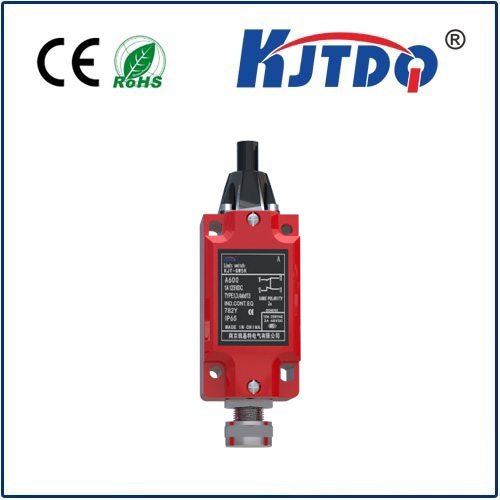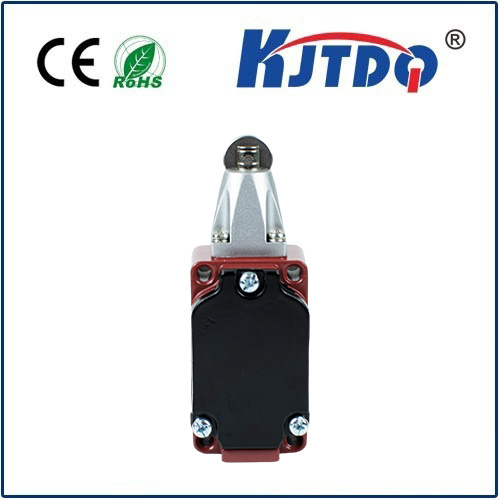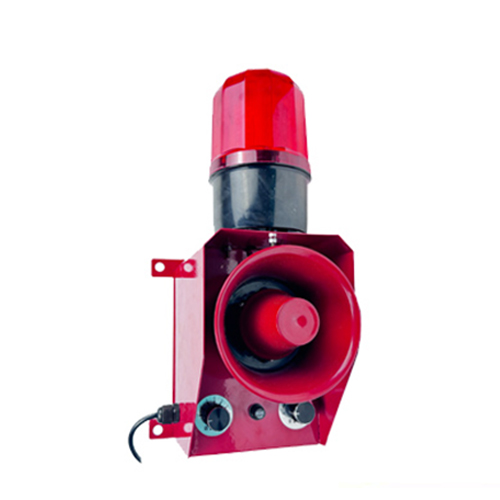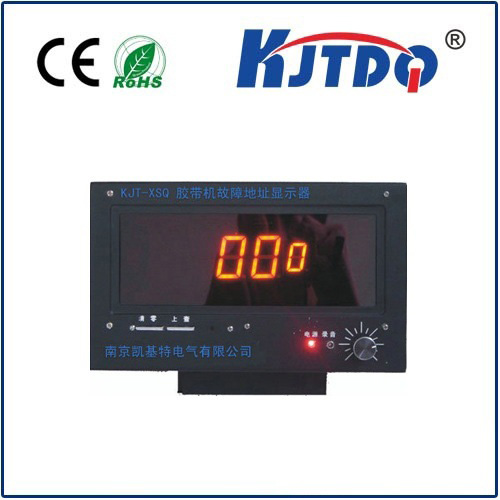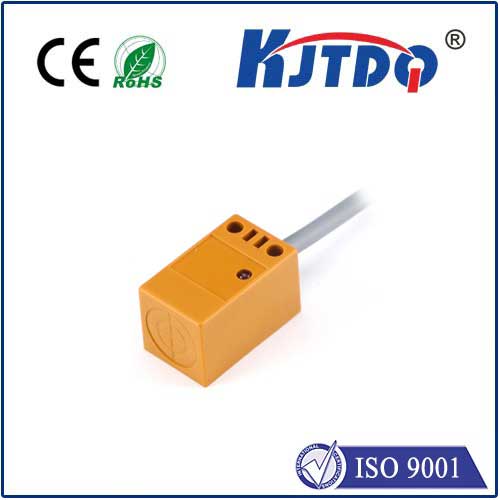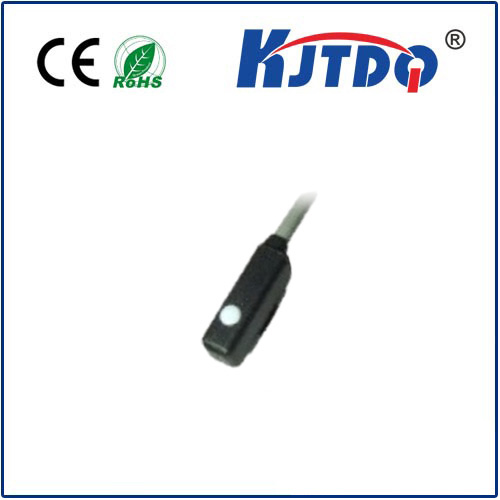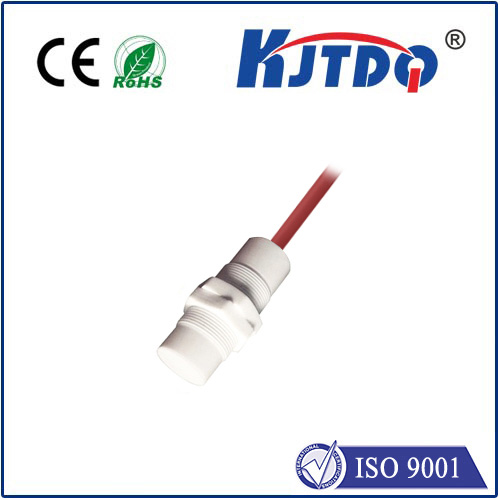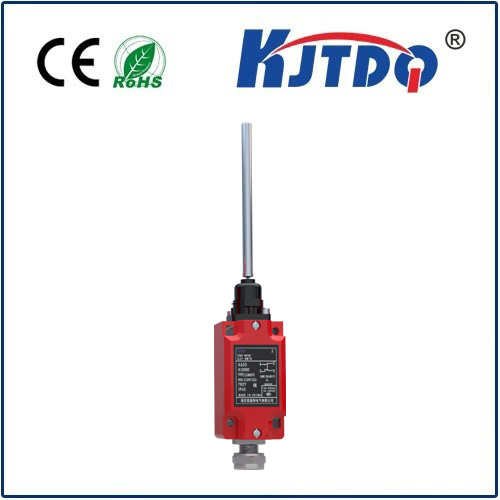proximity sensor xs1m30mb
- time:2025-09-06 03:49:06
- Click:0
Unlocking Precision Detection: A Deep Dive into the Proximity Sensor XS1M30MB
Invisible sentinels guard our machinery, enable touchless interfaces, and streamline complex automation. At the heart of countless modern systems lies the unassuming proximity sensor. Today, we focus on a specific workhorse: the proximity sensor XS1M30MB. This device exemplifies the critical role reliable, non-contact detection plays in industrial and technological advancements. Understanding its capabilities helps engineers and designers leverage its potential effectively.
What Exactly is the Proximity Sensor XS1M30MB?
Fundamentally, the XS1M30MB is an inductive proximity sensor. This technology excels at detecting the presence or absence of metallic objects without physical contact. The sensor generates a high-frequency electromagnetic field via its sensing face. When a metal target enters this field, it induces eddy currents within the metal, causing a measurable change in the sensor’s internal oscillation circuit. This change triggers the sensor’s switching output.
The core function of any proximity sensor, including the XS1M30MB, is non-contact object detection. Its key advantage lies in eliminating the wear and tear associated with mechanical switches, offering silent operation, high reliability, long operational life, and fast response times – crucial in demanding industrial environments.

Key Features and Specifications of the XS1M30MB
This sensor boasts a range of specifications that define its suitability for various applications:
- Sensing Principle: Inductive (optimized for ferrous metals like iron and steel).
- Sensing Distance: Typically specified as 5mm (nominal sensing distance, Sn). This distance, standardized according to EN 60947-5-2, is crucial for correct mounting and reliable operation. Remember, factors like target material, size, and temperature can slightly influence the actual sensing range.
- Output Configuration: Commonly equipped with a 3-wire DC configuration featuring an NPN normally open (NO) output transistor. The NPN configuration means the sensor’s output actively switches the negative (0V) line to the load when activated. The normally open (NO) designation indicates that the output circuit is open (OFF) when no target is present and closes (ON) when a target enters the sensing field.
- Operating Voltage: Designed for a standard DC supply voltage, typically ranging from 10V to 30V DC. This wide range offers flexibility in various control systems.
- Housing: Features a shielded (flush-mountable) M18 cylindrical metal housing. The shielded design allows the sensor to be mounted flush with (or even recessed into) metal surfaces without significant loss of sensing range, providing greater installation flexibility and protection.
- Protection Class: Usually rated IP67 or higher. This Ingress Protection rating signifies excellent resistance against dust ingress (IP6x) and protection against temporary immersion in water (IPx7), making it suitable for harsh environments common in manufacturing plants, washdown areas, or outdoor applications.
- Electrical Connection: Often utilizes a pre-wired cable exit (e.g., 2m PVC cable), simplifying installation compared to connector types. This direct cabling is robust and common for fixed installations.
- Frequency Response: Capable of high switching frequencies, often in the range of 1 kHz, enabling it to detect rapidly moving objects or small parts on high-speed production lines effectively.
- Indicator Light: Typically includes an LED status indicator, visually confirming the sensor’s operational state (power on and target detection).
Why Choose an Inductive Sensor Like the XS1M30MB?
The proximity sensor XS1M30MB shines where robustness, reliability, and cost-effectiveness are paramount for detecting metal objects:
- Durability: Its rugged metal casing and high IP rating withstand vibrations, impacts, moisture, oil, and contaminants common in factories.
- Non-Contact Operation: Eliminates mechanical wear, ensuring a virtually unlimited lifespan concerning switching operations.
- High Speed: Fast response times (microseconds) make it ideal for high-speed counting, positioning, and control tasks.
- Insensitive to Surface Conditions: Unlike optical sensors, dust, dirt, or opaque fluids generally don’t interfere with detection of metallic targets.
- Simple Installation: The M18 threaded barrel and shielded design allow for easy mounting in tight spaces or directly onto metal machine parts.
Industrial Applications Galore: Where the XS1M30MB Excels
The proximity sensor XS1M30MB finds its niche across a vast spectrum of industrial automation and machinery applications:
- Position Sensing: Detecting the presence or end position of machine parts (e.g., cylinders, slides, clamps, arms). Confirming a tool is in its retracted position before a cycle starts.
- Object Detection & Counting: Identifying metal parts on conveyors, tracks, or pallets. Counting bottles with metal caps, automotive components, or packaged goods on high-speed lines.
- Speed Monitoring: Measuring the rotation speed of gears, sprockets, or shafts by detecting passing teeth or bolts.
- Level Control: Detecting metal levels in tanks, hoppers, or bins (often as a limit switch).
- Presence Verification: Ensuring fixtures are loaded correctly, lids are closed, safety guards are in place, or workpieces are positioned accurately before a machining process begins.
- End-of-Travel Detection: Safely stopping actuators, lifts, or doors at their designated limits.
- Robotics: Used extensively on robots for tool change detection, part presence confirmation at grippers, and verifying positions within work cells.
- Packaging Machinery: Detecting metal components within packaging lines, verifying case closures, or confirming product presence.
Best Practices for Installation and Use
To maximize the performance and longevity of your proximity sensor XS1M30MB:
- Mounting: Respect the specified nominal sensing distance (Sn = 5mm). For shielded sensors like the XS1M30MB, you can mount them flush with metal mounting surfaces without significant range reduction, unlike unshielded types.
- Target Material: Ensure the target is ferrous metal (iron, steel). Sensing distance reduces significantly for non-ferrous metals like aluminum or copper. Check specifications for reduction factors.
- Target Size: The target should be at least equivalent to the sensor’s sensing face diameter to achieve the rated sensing distance. Smaller targets will reduce the effective range.
- Environment: While the IP67 rating protects against dust and water immersion, avoid direct high-pressure jets hitting the sensor face if its specific IP rating doesn’t cover it (IP67 covers temporary immersion, not high-pressure jets - check exact datasheet). Minimize exposure to strong electromagnetic fields from large motors or transformers, which can cause interference.
- Electrical Wiring: Crucially connect the NPN output correctly. The load (e.g., PLC input, relay coil) is connected between the sensor’s output (black wire, typically) and the positive supply (+V, brown wire). The sensor switches the output line to negative (0V, blue wire) when active. Always consult the specific datasheet or connection diagram printed on the sensor or its packaging.
The proximity sensor XS1M30MB represents a cornerstone of modern automation. Its blend of rugged reliability, precise non-contact detection, ease of installation, and cost-effectiveness makes it an indispensable






